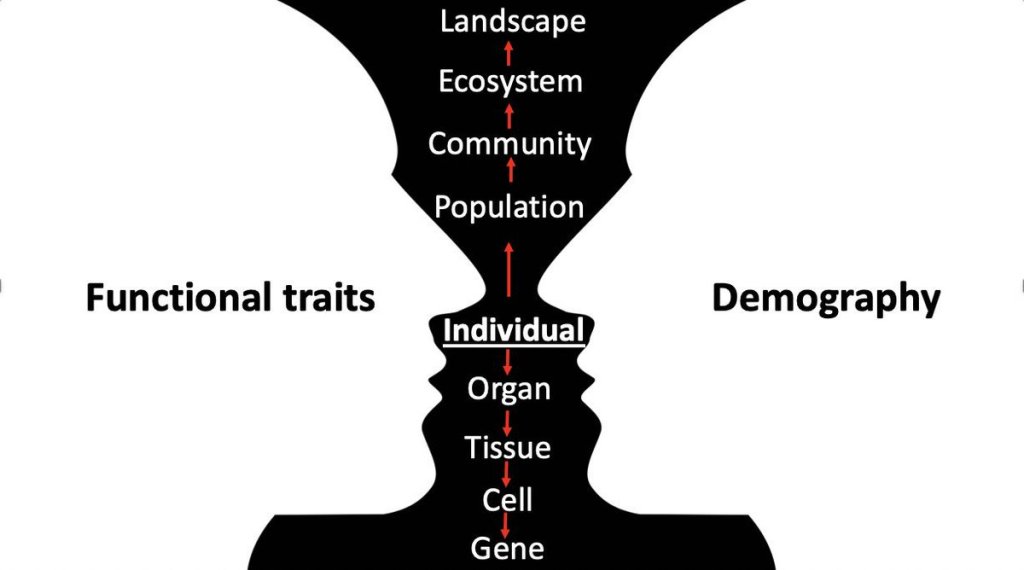RainDrop drought experiment: Who are the plant winners and losers in the battle for water?
Droughts are predicted to become more frequent and severe in the UK with climate change. The RainDrop experiment set up in 2016, seeks to understand how drought impacts above and below ground processes and dynamics in the grassland. The site forms part of a large international network (DroughtNet) of more than 120 drought experiments located around the world.
The drought is imposed through a series of rainout shelters that intercept 50% of the incoming rain. The captured rain is then redirected to the irrigated plots which receive the extra 50% of rainfall.
In my research, I use a functional trait and demographic approach together with above ground plant-plant interactions. My fieldwork focuses on one of the dominant grassland species: False Brome (Brachypodium sylvaticum). You can read more about the wider context of my grassland climate change research here.

Functional traits and demography: two sides of the same coin?
Another aspect of my PhD research examines functional traits through a demographic lens. Asking questions like are all functional traits functional i.e. impact organismal fitness? And which level(s) of biological organisation are traits measured at?

My PhD advisor is Prof Andy Hector.